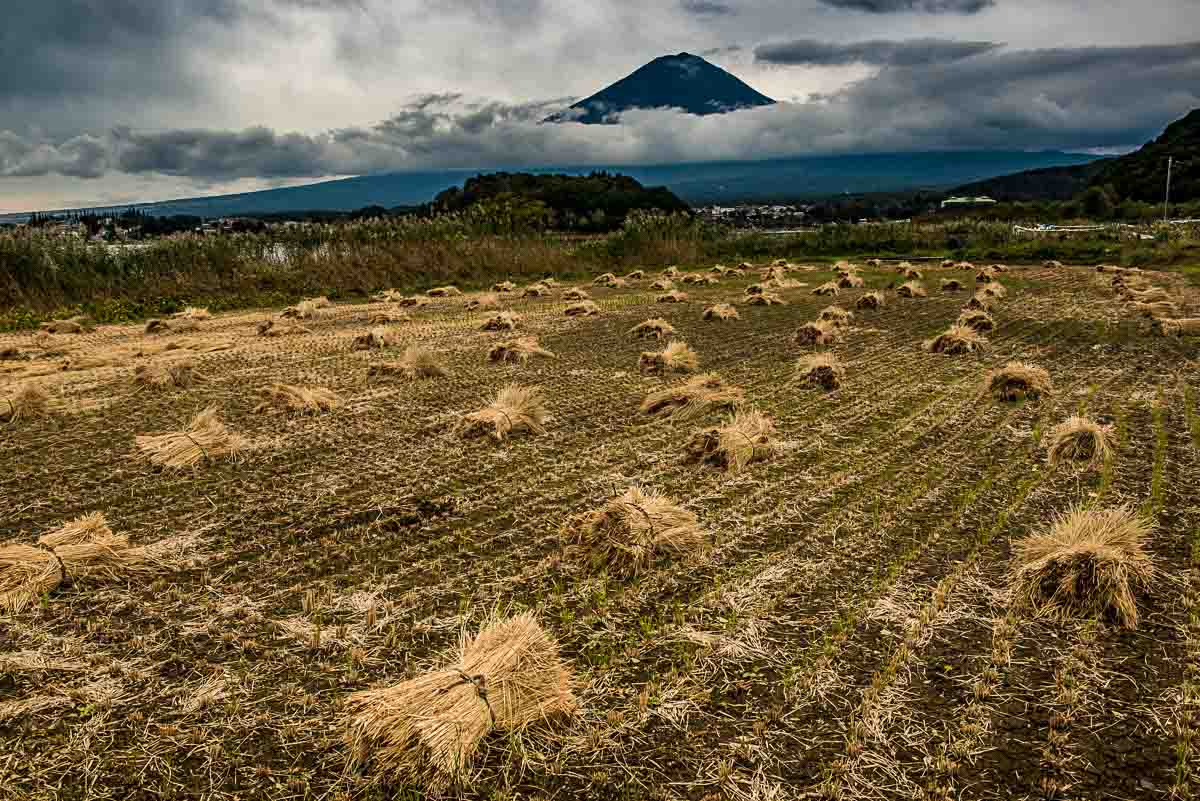
Japan is home to 23 UNESCO World Heritage sites: 19 cultural and four natural sites. The most famous, of course, is Mount Fuji, which also is the most photographed place on earth. To maximize your time visiting these sites, consider day tours using private cars with guides.
Cultural (19)
-
- Buddhist Monuments in the Horyu-ji Area (1993)
- Fujisan, sacred place and source of artistic inspiration (2013)
- Gusuku Sites and Related Properties of the Kingdom of Ryukyu (2000)
- Hidden Christian Sites in the Nagasaki Region (2018)
- Himeji-jo (1993)
- Hiraizumi – Temples, Gardens and Archaeological Sites Representing the Buddhist Pure Land (2011)
- Hiroshima Peace Memorial (Genbaku Dome) (1996)
- Historic Monuments of Ancient Kyoto (Kyoto, Uji and Otsu Cities) (1994)
- Historic Monuments of Ancient Nara (1998)
- Historic Villages of Shirakawa-go and Gokayama (1995)
- Itsukushima Shinto Shrine (1996)
- Iwami Ginzan Silver Mine and its Cultural Landscape (2007)
- Mozu-Furuichi Kofun Group: Mounded Tombs of Ancient Japan (2019)
- Sacred Island of Okinoshima and Associated Sites in the Munakata Region (2017)
- Sacred Sites and Pilgrimage Routes in the Kii Mountain Range (2004)
- Shrines and Temples of Nikko (1999)
- Sites of Japan’s Meiji Industrial Revolution: Iron and Steel, Shipbuilding and Coal Mining (2015)
- The Architectural Work of Le Corbusier, an Outstanding Contribution to the Modern Movement (2016)
- Tomioka Silk Mill and Related Sites (2014)
Natural (4)
- Ogasawara Islands (2011)
- Shirakami-Sanchi (1993)
- Shiretoko (2005)
- Yakushima (1993)
Up Your Travel Skills
Looking to book your next trip? Use these resources that are tried and tested by us. First, to get our best travel tips, sign up for our email newsletter. Then, be sure to start your reading with our Resources Page where we highlight all the great travel companies and products that we trust. Travel Accessories: Check out our list of all the accessories we carry to make getting there and being there a lot easier. Credit Cards: See our detailed post on how to choose the right travel rewards credit card for you. Flights: Start finding the very best flight deals by subscribing to Thrifty Traveler. Book your Hotel: Find the best prices on hotels with Booking.com. See all of the gear and books we like in one place on our Amazon shop.Got a comment on this post? Join the conversation on Facebook, Instagram, or Threads and share your thoughts!



